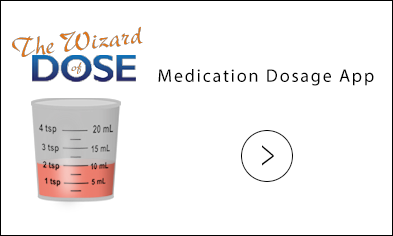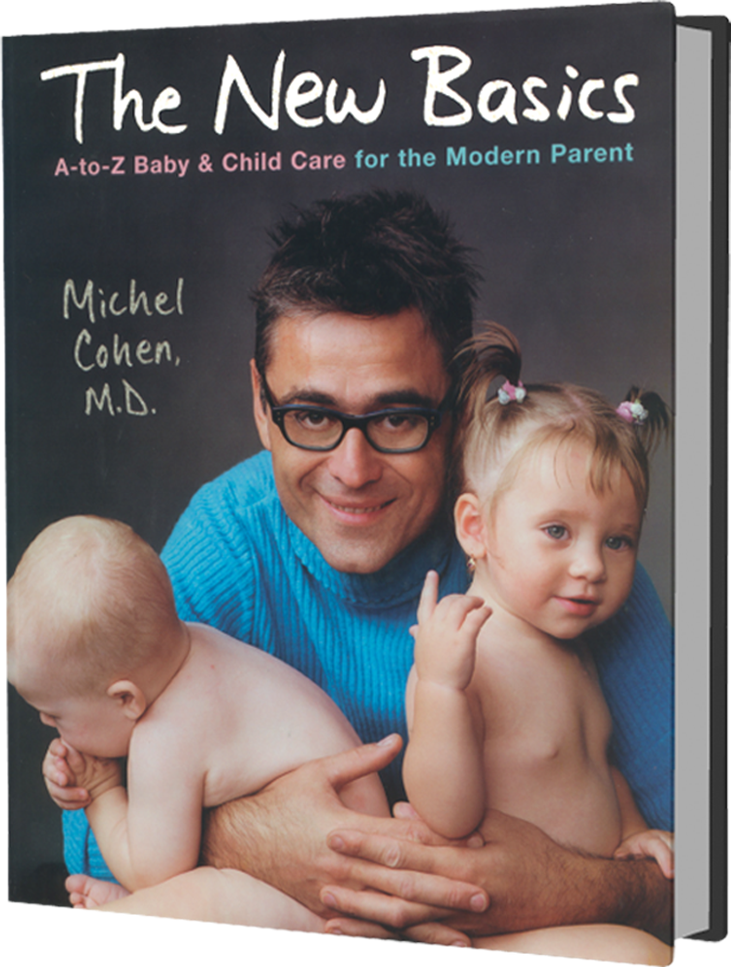
Head Injury
In cases of head injury, the problem isn’t so much Jimmy’s skull as his brain. In other words, while many bumps and knocks may look dramatic, Jimmy will just shake them off and move on. When the blow is particularly strong, the concern is, of course, to assess the risk of intracranial bleeding. A head X ray has limited value, in that it only reveals the skull. A CT scan is much more accurate for showing a brain injury, although a slow intracranial bleed could fail to appear early on, which would falsely reassure you. Again, assuming Jimmy is fine after the fall, the best and only way to assess potential brain damage is to carefully observe his behavior for the next day or so. Trauma-related changes are usually visible within a few hours following the injury, but they could take up to a few days to appear.
In Infants
Despite all the warnings, infants frequently fall from changing tables, couches, or infant carriers during split seconds of inattention. It is very rare that these falls cause brain injuries, but it does happen.
If the fall was from a height of more than three feet, especially onto a hard floor
If Lucy has a bump on her head, which in a baby could point to a significant impact
If she has lost consciousness
If she is very drowsy after the fall and can’t stay awake at a time when she is supposed to be
If she is very irritable after the initial crying fit
If she looks very pale
If she seems uncomfortable in her sleep
If she loses appetite after the fall
If she vomits several times
Any of these symptoms require immediate medical attention.
Contrary to what people think, changes in pupil size are a late sign of complications and therefore not a reliable early indicator.
If Lucy’s energy level remains the same after the fall
If she falls asleep peacefully and comfortably after crying and you can wake her at least once
If she keeps a normal color
As scary as it may look, a baby’s tumble from a table or a bed less than three feet high rarely causes head injuries
Watch Lucy closely in the hours following the fall.
Check on Lucy at least once during the night to make sure she is sleeping comfortably and breathing regularly. No need to wake her up from her sleep at regular intervals if that is the case.
Don’t try to keep Lucy awake when she’s sleepy or wake her up if it’s sleeping time. If you do, you’ll disrupt her sleeping pattern, and any judgments you make about her alertness or mood will be based on faulty information.
In Children
If Jimmy falls, it shouldn’t be too difficult to assess the severity of his injury, since he can tell you what hurts and how.
If Jimmy loses consciousness after the fall
If he is drowsy and slurs his words after the fall
If he vomits several times, especially if it worsens as time progresses
If he has a headache that increases in intensity
If he seems disoriented or walks unsteadily
If he falls into restless sleep
Any of these signs would require immediate medical attention.
Changes in pupil size are a late sign of complications and therefore not a reliable indicator.
If Jimmy cries right away
If he falls into a peaceful sleep
If he acts normally after the fall
If he vomits once or twice after the event but quickly stops (The jolt to the head, even if it’s not serious, can provoke this reaction.)
If he has a bump on his head. While this is worrisome in the case of a very small infant, in an older child, a hematoma on the scalp is in itself not indicative of a brain injury.
Watch Jimmy more closely for the next day.
If there’s a bump, apply an ice pack for a few minutes if he lets you. If he won’t, don’t add to his distress, because it won’t make much difference in the swelling. Otherwise, no bump, no ice.
Let him take a nap or fall asleep if it’s nighttime, and watch him to be sure that his sleep is peaceful.
If any of the serious signs described above occur, take him to the hospital immediately.
Don’t keep him from going to sleep. A fall and the intense crying that follows can be draining. Not only is it hard to prevent sleep, it’s more important to observe the quality of sleep after a fall.
Don’t give headache medication more than once; it could mask discomfort and provide false reassurance




 MEDICATION DOSAGE
MEDICATION DOSAGE

